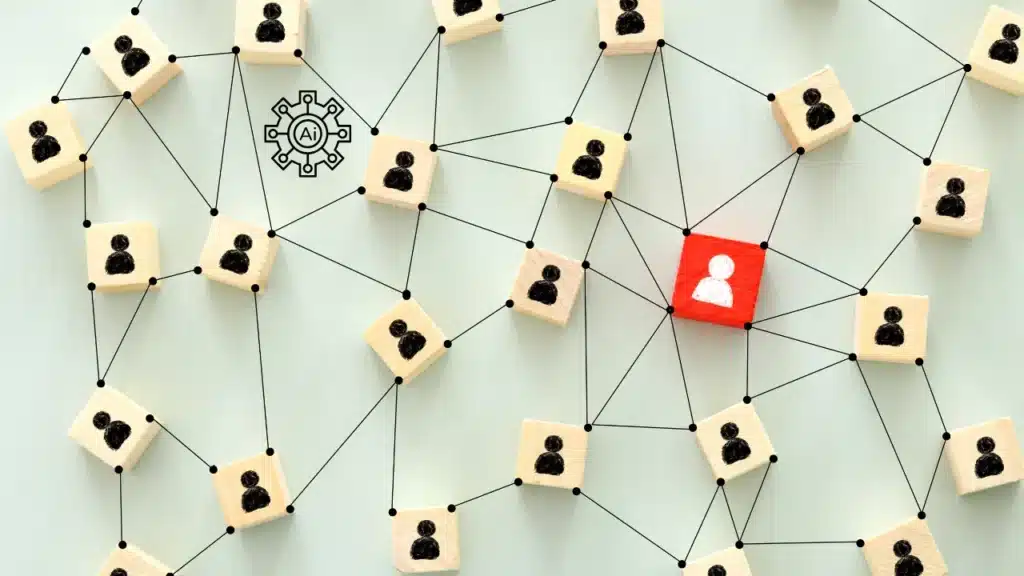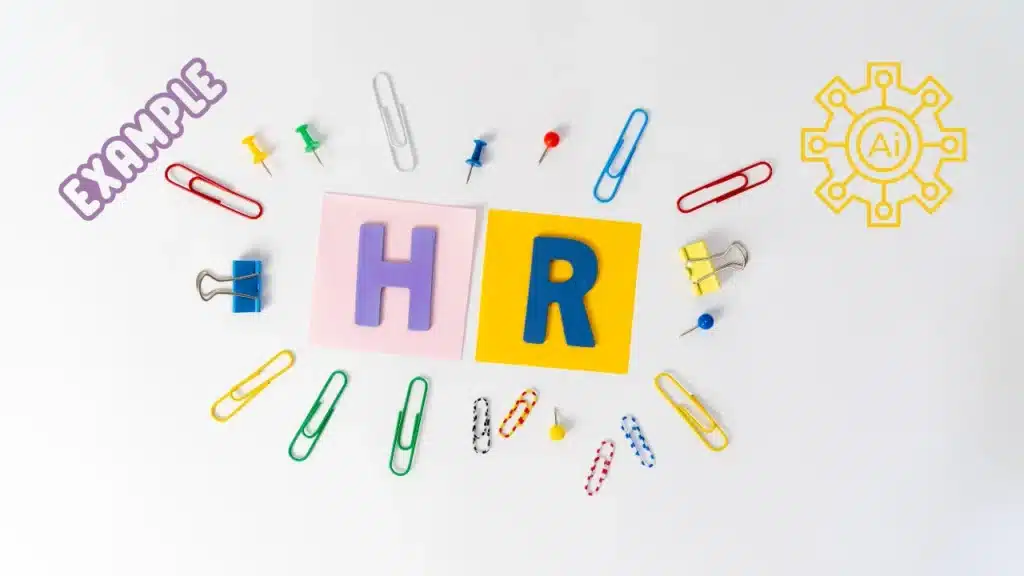Can generative AI change the face of human resources?
AI-driven applications are changing HR procedures in areas such as employee engagement and talent acquisition. Generative AI for HR is changing the way HR professionals form decisions, not just automating tasks.
AI-driven technologies enhance recruitment by analyzing vast candidate pools, streamline onboarding with automated processes, and personalize employee training. Companies including IBM and Microsoft are already integrating generative AI to optimize staff management.
In 2025, businesses using AI in HR can see increased efficiency.
However, what does this entail for human resources professionals?
Can AI enable HR teams to concentrate on strategic initiatives, or can it replace human roles?
To avoid AI detection, use Undetectable AI. It can do it in a single click.
Table of Contents
What is Generative AI for HR?

The use of generative AI may have major implications for four key HR domains:
Content: From developing captivating job descriptions based on skill profiles and sending tailored emails to job seekers to drafting HR policies and producing training materials, HR professionals can use generative AI applications to boost productivity and value across the employee life cycle.
Data: Key insights can be extracted and summarized from data using generative AI applications. For instance, it can assist HR in analyzing and compiling salary information, performance reviews, and additional ones.
Communication: HR can enhance employee engagement, expand access to the HR knowledge base, and provide tailored learning recommendations based on skills gaps using generative AI chatbots. These chatbots can also be used to increase productivity and the personal development of each employee.
Coding: Generative AI can also be used to aggregate data from multiple sources and examine sizable datasets for planning and organizational analysis. Discovering high-potential employees, estimating the probability of attrition rates, and identifying potential skills gaps are a few examples.
As technology advances and companies become dependent on it, generative AI have a major impact on human resources.
A Gartner survey indicates that 38% of HR leaders have already investigated or implemented AI technologies to improve process efficiency, while 76% of HR leaders think their company should adopt these technologies within two years for future organizational success.
It’s going to be interesting to see how society deals with artificial intelligence, but it will definitely be cool.
Colin Angle
Administrative tasks become automated as technology develops. However, compared to complex and less repetitive specialized roles, administrative HR positions tend to have to be replaced. Increased productivity is just one of the many HR benefits that generative AI offers.
It could create a strategic and informed HR organization and boost HR productivity by 30%, according to a LinkedIn survey. Numerous key positions, including HRBPs, can shift toward storytelling and high-value insights that support the company’s growth as AI eliminates low-level administrative duties.
In addition, HR procedures can be streamlined, including the creation of job descriptions, interview questions, and correspondence with both employees and candidates using language learning models.
Using Generative AI for HR

Hiring and Recruiting
For a focused and efficient interview process, certain apps, such as ChatGPT, can assist in producing precise and captivating job advertisements or generate customizable screening questions suited to particular roles and candidate profiles.
Generative AI can also be used by HR and talent acquisition professionals to draft rejection letters and outreach emails, among other email types, during the hiring process.
In addition, generative AI functionality is now being added to some talent intelligence platforms, enabling you to search their databases using a question rather than a complicated Boolean search string. Analyzing applicant profiles in relation to your job openings’ job descriptions is another option.
Orientation
AI-driven chatbots can serve as virtual onboarding assistants during the onboarding process, offering new hires real-time assistance by responding to inquiries about company policies, pay and benefits, leave requests, and other key details.
This assistance can facilitate the onboarding process and accelerate the onboarding process for new hires.
Education and Training
The growth and development of employees can be positively impacted by the combination of generative AI and HR. For instance, by examining an employee’s abilities, performance information, and career objectives, generative AI can offer specific learning and development recommendations.
AI-driven coaching is also becoming popular. By providing employees with real-time feedback, responding to inquiries, and providing insights, AI coaching applications can replicate the advantages of face-to-face, one-on-one coaching. Training materials can be updated and modified using generative AI technologies to meet industry standards.
Read Also >>> Generative AI for Customer Experience (CX) in 2025
Organizations maintain compliance and students have access to the recent content. Realistic and diverse training simulations that change constantly in response to user choices can also be created with generative AI. This would improve capacity for choice and enable experiential learning.
Engagement of Employees
As an HR specialist, you can use generative AI to generate ideas for employee engagement survey questions that can help provide practical insights into how to raise productivity, improve workplace satisfaction, and address particular issues within your company.
The aforementioned AI-driven chatbots can be used to interact with both new and current employees. In addition to enabling HR to provide employees with user-friendly self-service applications, they can manage regular employee inquiries about key company data (such as benefits and policies). T
his frees up HR professionals’ time for worthwhile in-person conversations.
Policy and Document Creation
Developing and revising policies and documents can be aided by generative AI for HR alternatives. By drafting documents in accordance with corporate policy, it can expedite research and writing, help establish the foundation for contracts and agreements, and accelerate document drafting.
Generative AI can also assist in accurately filling out forms, which can save HR staff time on otherwise tiresome administrative duties.
Analysis of HR Data
Large datasets can be analyzed by generative AI to identify key trends. In addition, it can produce eye-catching data insights and visuals that effectively and captivatingly communicate complex information.
Searching for trends and anomalies in anonymized salary data or investigating odd trends in employee attendance or performance — which could point to possible problems that need to be addressed, such as discontent or subpar management — are two examples of applying generative AI to HR data analysis.
With generative AI, you can also write scripts for complex data analysis.
Internal Correspondence
You can quickly create content that is suitable to meet the requirements of the company and its employees with generative AI. This entails using inclusive language, tailoring communications to each individual, and choosing a voice and tone that complement the company’s values.
This helps HR promise that communications across the organization have the same tone, inclusivity, and engagement. In addition, Gen AI can customize messages based on a user’s location, role, interests, and professional development stage.
Whether you are communicating with current employees or prospective hires, generative AI can help verify that every aspect of your communication is effective and purposeful.
Accelerating Tasks
When applied correctly, generative AI helps HR professionals save time by completing numerous tasks quickly. Employee development, talent management, and organizational planning are just a few of the strategic and valuable activities they can now concentrate on.
This enhances HR teams’ sense of significance and mission while also expanding their contribution to the company’s growth.
5 Generative AI for HR Examples

Begin to examine how businesses are using generative AI in human resources.
Large Logistics and Transportation Firm
The volume of frequently incomprehensible HR policy documents was a problem for a large logistics and services company. In an effort to increase efficiency and lessen HR’s workload, they required an efficient policy retrieval system. It developed a generative AI-driven HR Policy Document Query Assistant.
To simplify the content of policy documents and convert text from PDFs, the company employed an LLM model. An orchestration framework (LangChain) and sophisticated techniques improved the HR assistant’s responsiveness and intelligence.
HR-related inquiries and compliance-related incidents decreased by 30% and 20%, respectively, for the organization. Employee satisfaction increased, time and money were saved, and compliance increased due to this.
RingCentral
The cloud communications and collaboration software company RingCentral was aware that their talent search was not quick enough to fulfill DEI objectives or recruitment targets.
Here comes Findem’s talent search remedy: a generative AI technique that automates candidate matching and outreach while combining internal and external data to provide comprehensive talent insights and trends.
RingCentral can create targeted and diverse talent pools and identify and recruit the right talent due to the sophisticated talent data cloud with attribute-based search. They can learn what might encourage each applicant to consider accepting the position, and then use that information to develop outreach campaigns that are targeted.
In addition to increasing pipeline interest from underrepresented groups by 40%, RingCentral also improved pipeline quality by 22%.
Manipal Health Enterprises
Manipal Health Enterprises sought a remedy that could help nurses, physicians, and other staff members with their HR-related questions around-the-clock. MiPAL, a virtual assistant that effortlessly responds to questions about payroll, taxes, leave management, benefits, and more, was created with Leena.
This reduced the average employee response time to 24 hours, decreased the annual new hire attrition rate by up to 5%, and saved the HR team over 60,000 hours of time spent by hand responding to repetitive questions.
Straits Interactive
One company that develops data governance remedies is Straits Interactive. The organization aimed to enhance data governance and privacy. Prior to collaborating with Foundry for AI by Rackspace (FAIR), their software assisted users in summarizing legal texts and obtaining data privacy information.
To interpret the findings, however, qualified data privacy specialists were required. To support global data governance and compliance, FAIR developed a driven by AI Data Protection Officer assistant using GenAI.
The DPO assistant is now available around-the-clock to assist anyone with any legal question, regardless of how complicated it may be.
Heluna Health
Heluna Health, a leader in innovation and public health, was having trouble connecting, collaborating, and interacting with a workforce that was dispersed throughout numerous projects. Heluna Health could send tailored updates and messages to particular employee groups via CloudApper’s hrGPT, a personalized communication resource.
Without requiring real human input, hrGPT can simulate human interactions and have organic conversations with staff members, maintaining the human touch. This strengthened the sense of belonging and improved communication and engagement throughout the organization.
Numerous HR-related tasks have also been automated, which has reduced delays and improved information consistency for the business.
How to Begin Using Generative AI for HR?

Before implementing generative AI in your HR operations, you should become familiar with the following best practices:
Begin Modestly and Try New Things
One of the fantastic free resources to acquire a taste of generative AI is ChatGPT. Try using it to update a job description, create emails to candidates, or come up with ideas for interview or employee survey questions.
Before spending money on a generative AI application this is an effective way to learn about it.
Discover Effective Prompting Techniques
- When designing a prompt for ChatGPT, there are three key variables to consider:
The purpose of the prompt is the objective. It clarifies what you hope to accomplish with your inquiry. - Any pertinent background knowledge that provides your question structure. This could entail defining the subject or providing pertinent information that can direct the answer.
- Outlining any specific formatting specifications (such as list, essay, or summary).
Draft a job description for the role of HR Administrator at MasterCard covering responsibilities and what we offer is an example of a prompt. To figure out which prompts produce the best findings, enter various prompt types for the same purpose.
Assess and Improve in Light of the AI’s Output
It is critical to keep in mind that generative AI is constantly changing. To obtain precise and pertinent information, examine the AI-generated answers, learn how effectively your queries performed, and pinpoint areas where prompt crafting needs to be improved.
In addition, when evaluating the accuracy of AI-generated content, rely on your own experience, knowledge, and industry standards.
Progressively Incorporate AI
Workflow integration with AI should be done over time. For instance, you could use it to draft policy documents in initial stages and then a week later for a basic data analysis. The learning curve for the entire HR team can be lowered with this strategy.
Never Forget About Data Privacy
One of the major challenges when sharing data with gen AI applications is data privacy. Considering that they regularly handle sensitive employee data, HR professionals bear quite a bit of responsibility in this regard.
Verify that you always maintain confidentiality and abide by data protection laws. Think about creating a generative AI policy to direct your interactions with technology as GenAI becomes prevalent in your HR division and the company.
Cooperate with IT
The last phase is to collaborate with your IT staff to acquire a deeper comprehension of the technical facets of GenAI resources. This can not only help you properly integrate them into your current HR software and systems, but it can also minimize technical problems and enable smooth operations run.
FAQs: Generative AI for HR
What is the role of generative AI in HR by 2025?
The role of generative AI in HR can be pivotal in transforming various HR processes and enhancing the employee experience. Generative AI can streamline tasks such as recruitment, onboarding, and talent management, enabling HR professionals to focus on strategic initiatives rather than administrative duties.
The integration of generative AI applications can help HR teams generate personalized content, automate repetitive tasks, and improve employee engagement through tailored learning and development programs.
How can generative AI enhance employee engagement?
The generative AI can significantly boost employee engagement by enabling HR professionals to create personalized experiences for employees. By using generative AI in HR, HR leaders can analyze HR data to better understand employee needs and preferences.
In addition, chatbots driven by generative AI can provide instant support and resources to employees, thereby fostering an engaged and satisfied staff.
What are some key use cases for generative AI in HR?
Key use cases for generative AI in HR include automating job description creation, enhancing recruitment processes, and facilitating onboarding.
For instance, HR teams can use generative AI to draft accurate and appealing job descriptions tailored to specific roles, which can attract a better talent pool.
Furthermore, AI applications can streamline the onboarding process by personalizing training and resources for new hires.
Conclusion: Generative AI for HR
Generative AI continues to redefine the HR landscape, streamlining recruitment, improving employee engagement, and automating routine tasks. Its capacity to evaluate enormous volumes of data and produce insights enables HR managers to adopt informed decisions and promote a unique and effective environment.
However, as AI becomes prevalent in workforce management, ethical issues and the necessity of human oversight continue to be critical.
By embracing Generative AI responsibly, HR teams can unlock new opportunities for efficiency, diversity, and innovation, ultimately shaping a dynamic and future-ready staff.
How do you see Generative AI transforming HR in the coming years?
Share your thoughts in the comments below!


